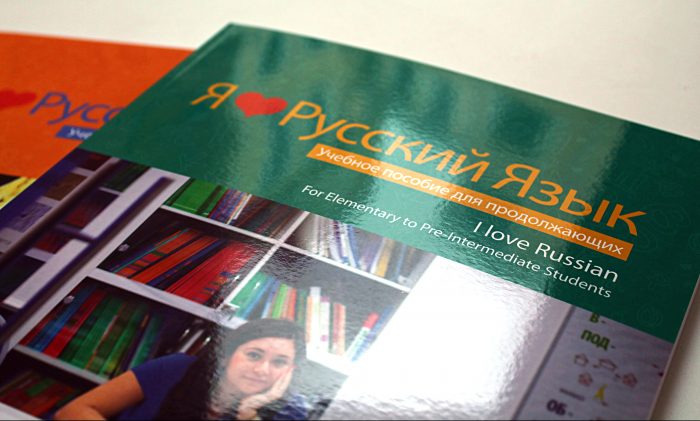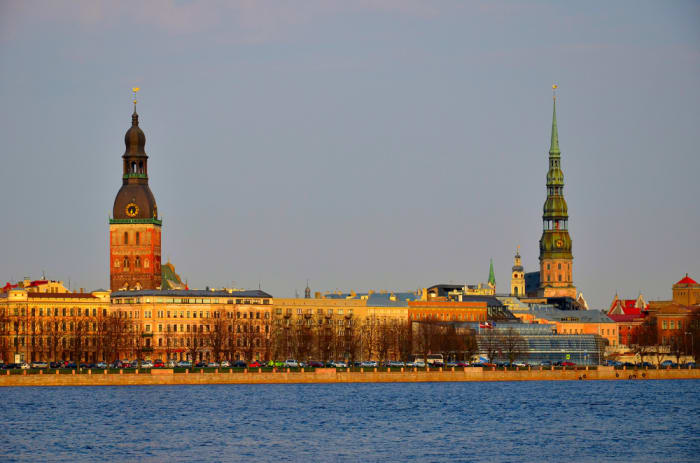
Latvian food is simple, hip, natural, but in a way heavy. It reflects the country’s agricultural heritage and the peasant lifestyle with people struggling with cold winters, enjoying the long white nights with arctic berries soaking in a warm sun and using everything the farm produced without leftovers.
Sometimes the combinations typical to Latvian cuisine might seem weird – milk soup with herring, for instance, or bread soup with dried fruit, or ice-cream with rye bread.
Latvian food includes more soups than any other nation – the soups can be sweet, sour, based on oat milk, sour milk, beer, cheese etc.
The oldest Latvian food is based on farming byproducts – blood, intestines, liver, kidneys. Blood sausage is still popular – it can be served hot or cold, and has barley, fried onion, spices and herbs as an addition to the blood itself.
Blood pancakes Asins pankūkas, the oldest Latvian food, serve as a breakfast with some cowberry or cranberry sauce.
Beans, peas, chickpeas are an important element of Latvian cuisine – chickpea soup, for example, comes in a number of varieties. My personal favorite dish is grey peas with fried lard, speck, and onions.
Everyday Latvian food are of extremely high quality and make up a significant share of national export.
Biezpiens is a kind of cottage cheese widely used in traditional recipes – it can be sweet or salty and serve as a pancake filling, or a topping of a cake, or a separate dish. It can also be baked with potatoes and other vegetables.
Jāņu siers or Ķimenu siers is the fragrant semi-soft cheese with plenty of cumin seeds best bought and consumed at Midsummer.
Lapzemes is Latvian Halloumi, but not at all salty.
Kausētais siers is a metled blend of different cheeses used as a bread spread, comes in different flavors and is very cheap. The best brand of melted cheeses is Dzintar (Amber) Džiugas is Latvian Parmesan –use it with your pasta.
Centraltirgus (the Central Market, a few steps from Railway Station) is the place to shop for cheese, milk, vegetables and fruit. There are also stalls selling freshly baked Latvian bread – try the dark and fragrant Zemnieku, especially with salted or smoked sprats.
Do you want to get to know more about Latvian food or any other Latvia tradition? Stay tuned with Liden & Denz , read our blog or just follow our Facebook page!
Do you have your own suggestions on what to eat in Latvia? What is your favorite restaurant in Riga? Comment below!

Students will be happy to learn that the Russian Government has today announced plans to make Russian language easier in an effort to simplify greater international engagement. …

In a previous post, we revealed that Russians don't really say “na zdarovje” when they toast. While the phrase has been popularised in English language media – and a lot of Russians will nod politely and clink glasses with you if you use it – it’s not something a native speaker would ever…

Improve your Russian while working as an expat? Mission possible! …

What could be a better way for Russian immersion than reading, especially when you read the books that you find interesting and that can give you a better idea of the culture of Russia? Co-founder of Liden & Denz, Walter Denz shares his experience on how reading Russian literature can improve your…

To enjoy Riga, whether you’re studying in Riga at Liden & Denz, or just enjoying a weekend break, there are plenty of things to do in the city! Here’s our round up of the top ten things to do and see in this wonderful capital city. …

Riga has an animated history. The Latvian capital had a long time struggling until it finally reached independence. The many influences that shaped the Latvian culture are even nowadays noticeable. Riga was conquered by the Swedes, the Russians and the Germans. In the following article I would like…

One of Liden & Denz destinations, Riga may not seem like an obvious choice for learning Russian abroad just by the mere fact that is not in Russia. However, many students head to the Latvian capital for a Russian course. Below you can find 5 reasons to join them! …